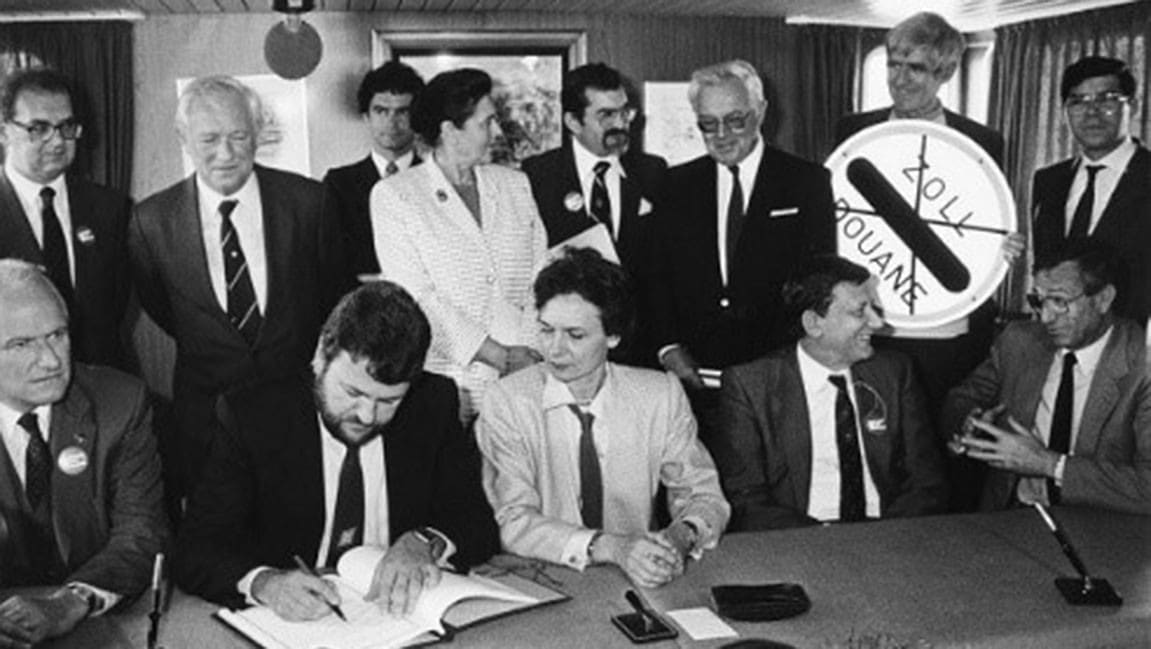Volker Perthes, who is also head of UN Transition Assistance Mission UNITAMS, welcomed the lull in fighting in some parts of the country between the Sudanese Armed Forces (SAF) and paramilitaries from the Rapid Support Forces (RSF), noting that “it is not being fully respected”.
He called on both sides to stick to the final day of the agreed ceasefire, “and facilitate humanitarian access” to the UN and partners, who are continuing to provide lifesaving aid as far as conditions allow.
Mr. Perthes, who is remaining in Sudan together with senior UN personnel, said in a statement he was “deeply concerned by recent reports of violence in El Geneina (West Darfur), which increasingly appears to also be taking on inter-communal dimensions with attacks on civilians and looting and distribution of weapons among local communities.”
UN premises looted
He said attacks had also resulted in “other mass looting, including of UN premises.”
He once again called for an immediate end to the conflict between the two factions, who are unable to agree on integrating their forces ahead of a long-awaited transition to civilian rule, before the violence and destruction escalates.
Calling for all humanitarians – their facilities and assets – to be protected, the UNITAMS chief told the generals that it was “crucial” for civilians to be able to safely leave areas of active fighting and have access to “essential supplies.”
He welcomed ongoing efforts by local authorities in the region to de-escalate tensions, and vowed to work with all parties, “towards a sustained ceasefire with a monitoring mechanism, political negotiations, and to alleviate human suffering.”
Speaking in Geneva, the head of the World Health Organization (WHO), Tedros Adhanom Ghebreyesus, said that the violence wracking Sudan had “taken a terrible toll on health”.
More deaths due to disease
“On top of the number of deaths and injuries caused by the conflict itself, WHO expects there will be many more deaths due to outbreaks, lack of access to food and water, and disruptions to essential health services, including immunization”, he said.
WHO estimates that one in four of the lives lost so far could have been saved with access to basic emergency medical treatment for the wounded.
“But paramedics, nurses and doctors are unable to access injured civilians, and civilians are unable to access services. In the capital Khartoum, 61 per cent of health facilities are closed, and only 16 per cent are operating as normal.”
24,000 births, no hospital care
Many patients with chronic diseases, like kidney disease, diabetes and cancer, are unable to access the health facilities or medicines they need and in the coming weeks, around 24,000 women will give birth in the capital, “but they are currently unable to access maternal care”, said Tedros.
The risk of diarrhoeal diseases is high, as the water supply is disrupted and people are drinking river water to survive, noted the WHO chief.
“With nutrition programmes suspended, 50,000 children are at real risk; and the movement of civilians seeking safety threatens the fragile health system throughout the country.”
Since the conflict began, WHO has verified 16 attacks on health, resulting in at least eight deaths so far.
Thousands fleeing the fighting
As the fighting continues, the UN is preparing for a mass influx of refugees into countries across the region bordering Sudan, including the Central African Republic, Chad, Egypt, Ethiopia, and South Sudan, UN Deputy Spokesperson Farhan Haq told correspondents in New York on Wednesday.
The refugee agency UNHCR, estimates that some 270,000 people could flee into South Sudan and Chad alone.
“In South Sudan, our humanitarian partners are scaling up their presence in key response areas to help the most vulnerable people”, said Mr. Haq. “In Chad, UNHCR is working with the Government to assess the needs of people arriving in the country.”
UNHCR is calling on all countries neighbouring Sudan to keep their borders open to those fleeing the violence, in fear of their lives.
Pity the children: lives must take precedence
In a joint statement, the Special Representative for Children and Armed Conflict, Virginia Gamba, and the Special Representative on Violence against Children, Najat Maalla M’jid, said they were alarmed at the reported numbers of civilian deaths, including children.
“The lives, protection and well-being of children must take precedence over combat operations, and we call on all parties to halt hostilities and to ensure full protection of all children.
“Parties should further refrain from attacking civilian infrastructures in accordance with international humanitarian law, especially those impacting children – this includes schools and medical facilities as well as water and sanitation systems”, said the two officials.
They also reminded military officers engaged in the fighting that “regardless of their roles, under no circumstances should children below 18 years be involved in armed conflict as the recruitment and use of children is prohibited under international law.”














